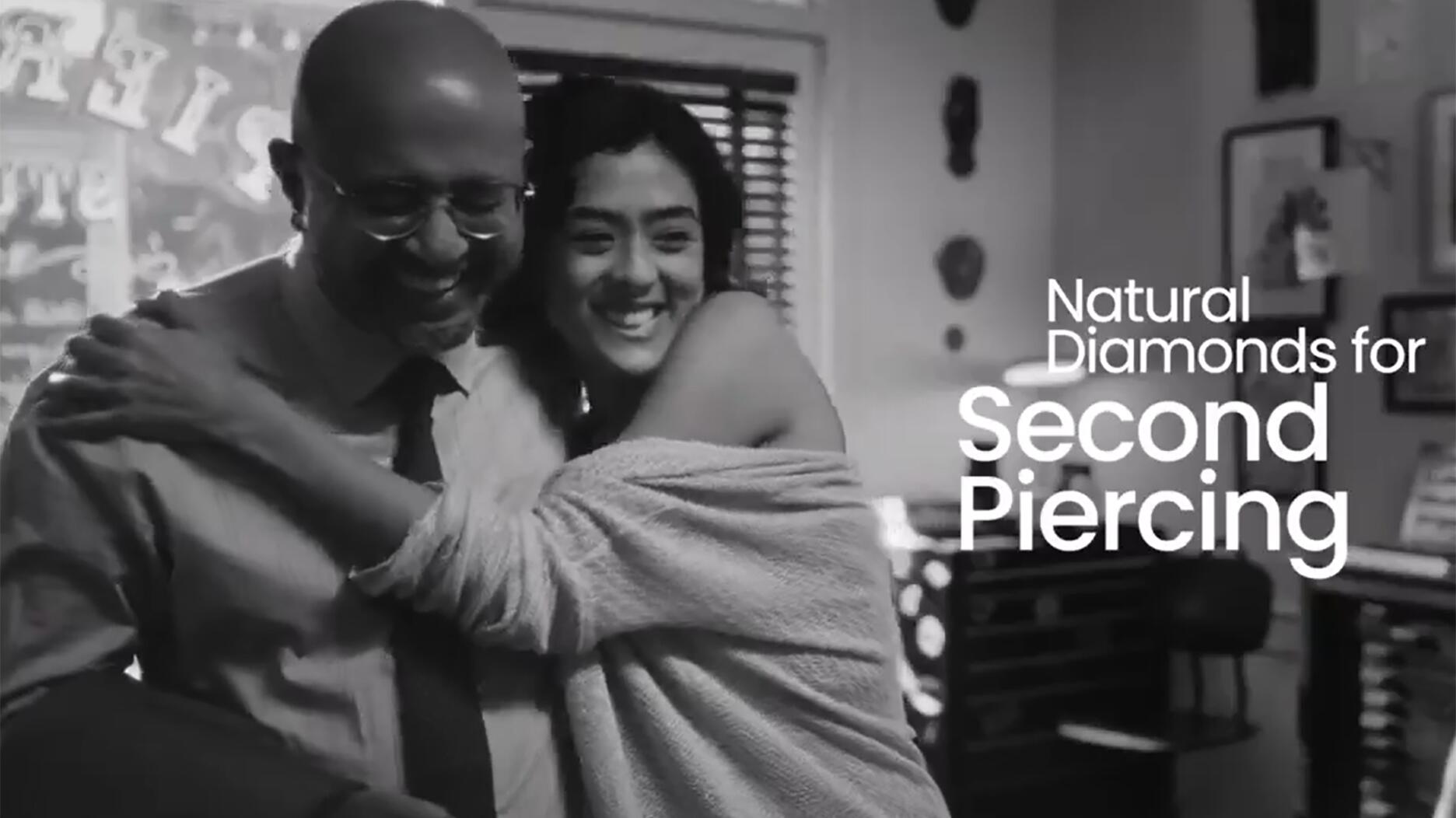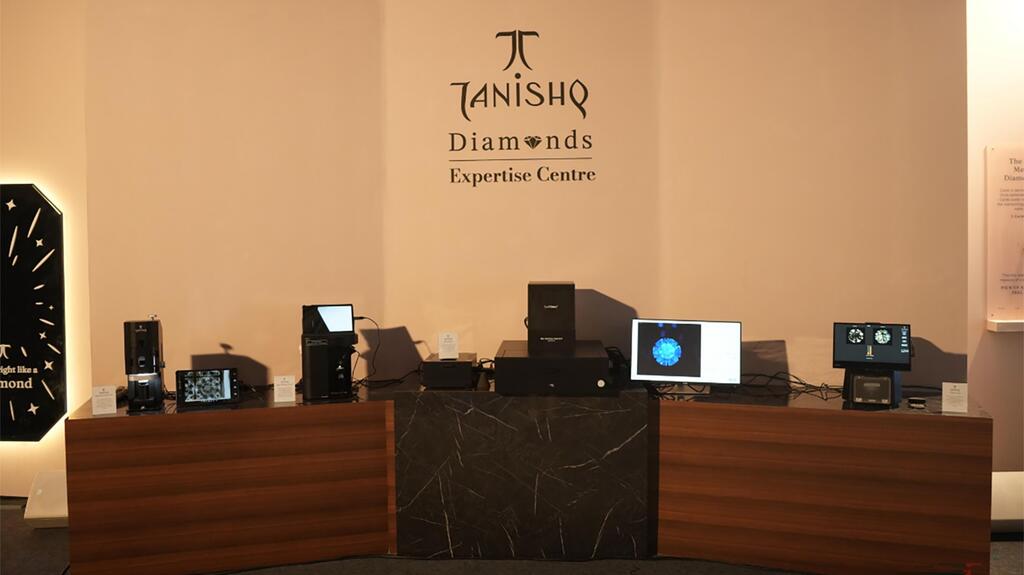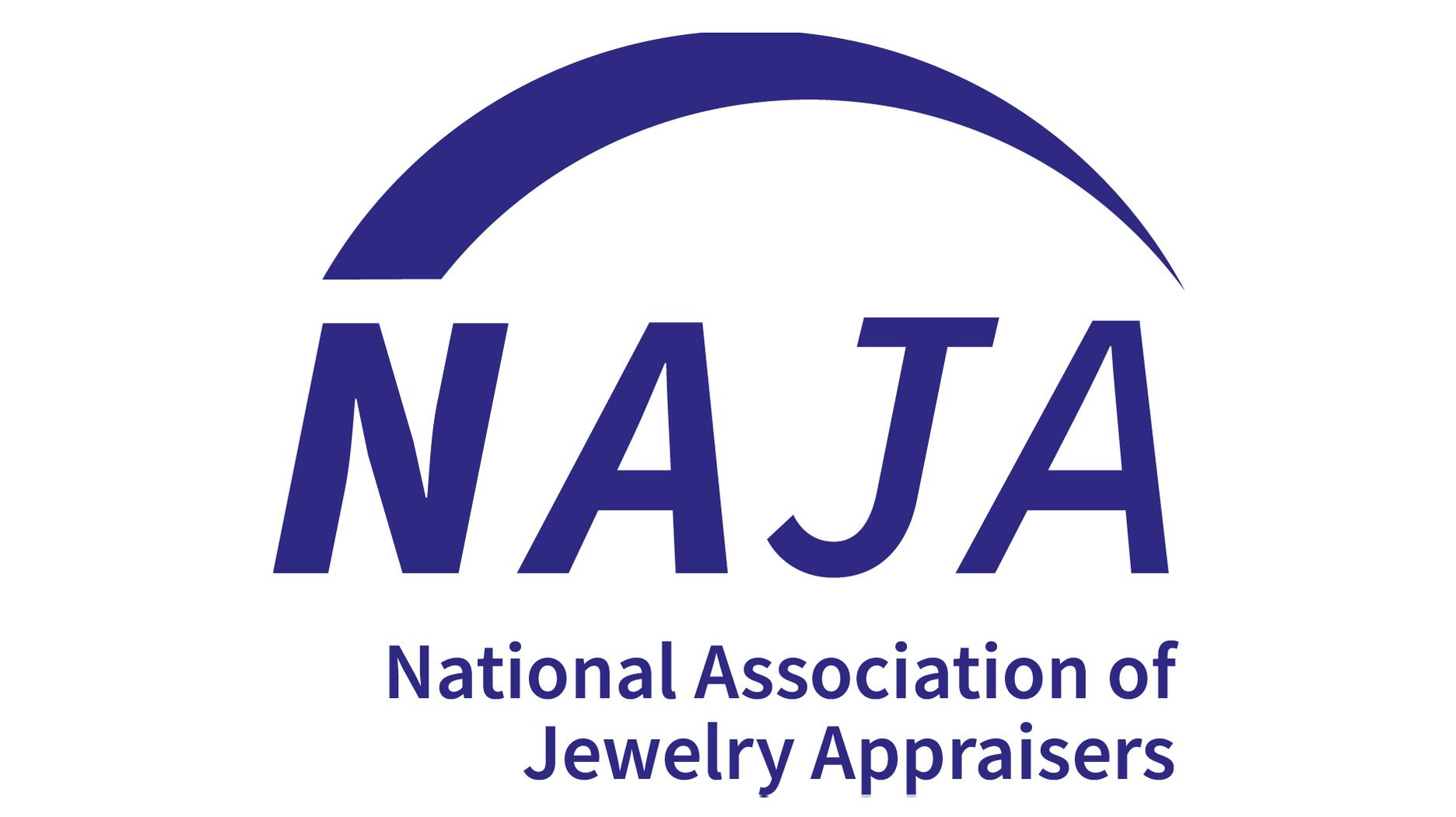Carlos Jose Hernandez and Joshua Zuazo were sentenced to life without the possibility of parole in the 2024 murder of Hussein “Sam” Murray.
De Beers Adopts New Strategies to Drive Natural Diamond Demand in India
De Beers’ refreshed, multipronged approach, which includes generic promotions and retail partnerships, is delivering positive dividends.

Generic marketing. New diamond buying occasions. An advertising blitz across media channels. Consumer education and awareness. Building trust and confidence.
Infrastructure for ground-level retailer support, staff training—there are very few boxes left to tick.
The multifaceted approach aims at creating what De Beers describes as “entire ecosystem” to boost demand for natural diamonds.
India’s Diamond Romance
In 2024, De Beers declared that the Indian market, valued at about $10 billion, had become the world’s second-largest consumer of natural diamonds, behind only the United States.
Conditions are ripe for sustained growth.
The country has an expanding economy, a large population of young people with rising disposable incomes, deeply ingrained cultural traditions involving jewelry, and a rapidly modernizing retail sector.
The current comprehensive marketing program, which is at a level not seen in any other diamond market for a long time, aims at increasing demand by 12 percent over the next five years to almost double the market by 2030.
Though it declined to provide specific figures, De Beers stated that marketing spend in India this year is at an all-time high and reflects the country’s position as the second-largest diamond-consuming market globally.
A Critical Pivot
More crucial than the amount of marketing dollars being spent is the new strategic approach behind it, with specific plans on three different levels: for consumers, for retail partners, and direct De Beers initiatives.
For consumers, the focus is on creating awareness, enhancing desirability, and giving a reason to buy by creating new rituals and building the diamond story around milestones on the journey of life.
Toranj Mehta, vice president of marketing for De Beers India, explained.
“We realized the need for product-specific category marketing to ensure that diamonds become a part of the conversation,” she said.
“It involved communicating on many levels—product-related as well as to spread general awareness.”
For retail partners, there are two initiatives: a tie-up with Tanishq, India’s largest jewelry chain, and the Indian Natural Diamond Retailers Alliance, or INDRA, a community created in association with the Gem and Jewellery Export Promotion Council to support smaller jewelry retailers who stock natural diamonds.
The third element, the initiatives De Beers has undertaken directly, includes a revamped Forevermark, and the introduction of De Beers Institute of Diamonds to educate and offer third-party natural diamond grading services to the wider trade.
Bonds So Natural …
The two largest consumer-facing promotions involved generic diamond products found in almost every retail store.
“Our ‘Love from Dad’ campaign around Father’s Day focused on an old Indian tradition—the second piercing,” Mehta said.
While the first piercing happens at a very young age, it is the girl who chooses when to do a second one.
“We projected this as the moment when a dad realizes that his little girl is finding her own voice and gifts her a diamond earring,” she said.
The campaign’s tagline is, “Love so natural, only a natural diamond will do.”
Participating retailers were given online access to customizable campaign materials, training, and seamless personalization to enable them to effectively sell the concept.
“About 1,500 doors were associated, promoting generic diamond earrings they had in stock,” Mehta said.

Similarly, De Beers launched a “Besties” bracelet campaign around Friendship Day, observed in India on the first Sunday in August.
Targeted at women and the strong bonds they share with their closest friends, it projected the bracelet as a symbol of shared experiences and milestones.
The message was, “For friendships so natural, only natural diamonds will do.”
Though the bracelet designs promoted in the ads were generic, De Beers additionally onboarded 22 companies and shared CAD files with them for possible designs.
“This encouraged local manufacturing also,” Mehta said.
A third generic campaign centered around another product category is in the pipeline.
The Retail Push
The Tanishq tie-up mirrors similar steps with large chains in the U.S. (Signet Jewelers) and China (Chow Tai Fook).
Launched in 2024, this year saw the opening of Diamonds Expertise Centres.
Using machines created by De Beers such as Lightscope, DiamondView, DiamondSure, and SynthDetect, the centers offer an in-store experience that strengthens trust and confidence.
Currently at four Tanishq locations, the program will expand to 200 stores by March 2026 and eventually to all of Tanishq’s 599 stores nationwide.

The other model, INDRA, is unique to India, which has a large number of smaller retailers mainly stocking gold ornaments.
Its aim is to grow penetration, expand the retailer base, and drive demand by increasing the voice for natural diamonds.
Mehta explained, “Sample research indicated that many retailers are not comfortable selling diamonds. They find it too complex and challenging compared with gold, where purity is the only variable that impacts pricing.”
INDRA provides micro-level guidance, from drawing up a business plan to help developing displays and visual merchandising, to communicating with customers and wider marketing.
There are multiple subscription plans based on number of stores, levels of support, and other parameters, including a basic package to suit the smallest retailer.
In the first phase of the program, nearly 3,000 jewelers signed on, receiving access to web-based information and education packages, marketing plans, and even an AI-enabled tool for creating collaterals using a standard template along with their own products and store logo.
Mehta said teams have been established to provide support in key cities where INDRA has received a positive response, including Bangalore, Pune, Indore, and Surat.
There is also the revamped Forevermark program, which is set to be rolled out in India shortly.
It will comprise dedicated stores run by De Beers initially and later through franchisees.
The stores will stock merchandise from De Beers and first open in established markets like Delhi and Mumbai, as well as through an e-commerce platform.
Expansion to new regions and smaller cities and towns will continue, with a target of opening 100 stores across India by 2030.
The Impact
Early indications are that the new strategies around selling natural diamonds to Indian consumers have had an impact.
There is not only a new buzz about diamonds among consumers, but also real growth at the ground level.
Though no official statistics of diamond sales in India are compiled, most stakeholders agree that the first half of 2025 has seen strong double-digit growth.
With the Indian festive and wedding season, a major period for jewelry buying, peaking in the last three months of the year, there is a widespread anticipation that 2025 will turn out to be even better year for diamonds than 2024.
The Latest

Yood will serve alongside Eduard Stefanescu, the sustainability manager for C.Hafner, a precious metals refiner in Germany.

The New Orleans jeweler is also hosting pop-up jewelry boutiques in New York City and Dallas.

How Jewelers of America’s 20 Under 40 are leading to ensure a brighter future for the jewelry industry.

Set in a Tiffany & Co. necklace, it sold for $4.2 million, the highest price and price per carat paid for a Paraíba tourmaline at auction.


The jeweler’s “Deep Freeze” display showcases its iconic jewelry designs frozen in a vintage icebox.

Take luxury gifting to new heights this holiday season with the jeweler’s showstopping 12-carat sphene ring.

Roseco’s 704-page catalog showcases new lab-grown diamonds, findings, tools & more—available in print or interactive digital editions.

This year's theme is “Unveiling the Depths of the Ocean.”

In its annual report, Pinterest noted an increase in searches for brooches, heirloom jewelry, and ‘80s luxury.

Starting Jan. 1, customers can request the service for opal, peridot, and demantoid garnet.

The 111-year-old retailer celebrated the opening of its new location in Salem, New Hampshire, which is its third store in the state.

The new catalog features its most popular chains as well as new styles.

The filmmaker’s personal F.P. Journe “FFC” prototype was the star of Phillips’ recent record-setting watch auction in New York.

The new location in the Design District pays homage to Miami’s Art Deco heritage and its connection to the ocean.

Inflations, tariffs, and politics—including the government shutdown—were among consumers’ top concerns last month.

Silas Smith of Meridian Metalworks won the challenge with his pendant that blends Australian and American landscapes.

The sale of the 31.68-carat, sunset-hued stone was part of Sotheby’s first series of events and auctions in Abu Dhabi.

Most customers who walk into your store this month have made up their minds. Your job is to validate their choice, Emmanuel Raheb writes.

The collection features characters and motifs from Ukrainian folklore, including an enchanted mirror and a magic egg.

MatrixGold 3.11, the newest version of the jewelry design program, offers more flexibility, precision, and creative control.

The pavilion will be part of the 2026 JA New York Spring show, scheduled for March 15 to 17.

Kadet, a 1994 National Jeweler Retailer Hall of Fame inductee, helped grow the family-owned retailer in the Chicago area and beyond.

Billed as the world’s smallest wearable, Lumia Health’s new smart earrings have a health tracker subtly embedded in the back.

Don’t let those with December birthdays feel blue. Help them celebrate their month with blue zircon, turquoise, and tanzanite.

The new pink sapphire version of the piece dances with its wearer in the brand’s “Icons After Dark” holiday campaign.

A choice that’s generated a lot of commentary, Pantone says “Cloud Dancer” marks a fresh start and encourages relaxation and creativity.



























